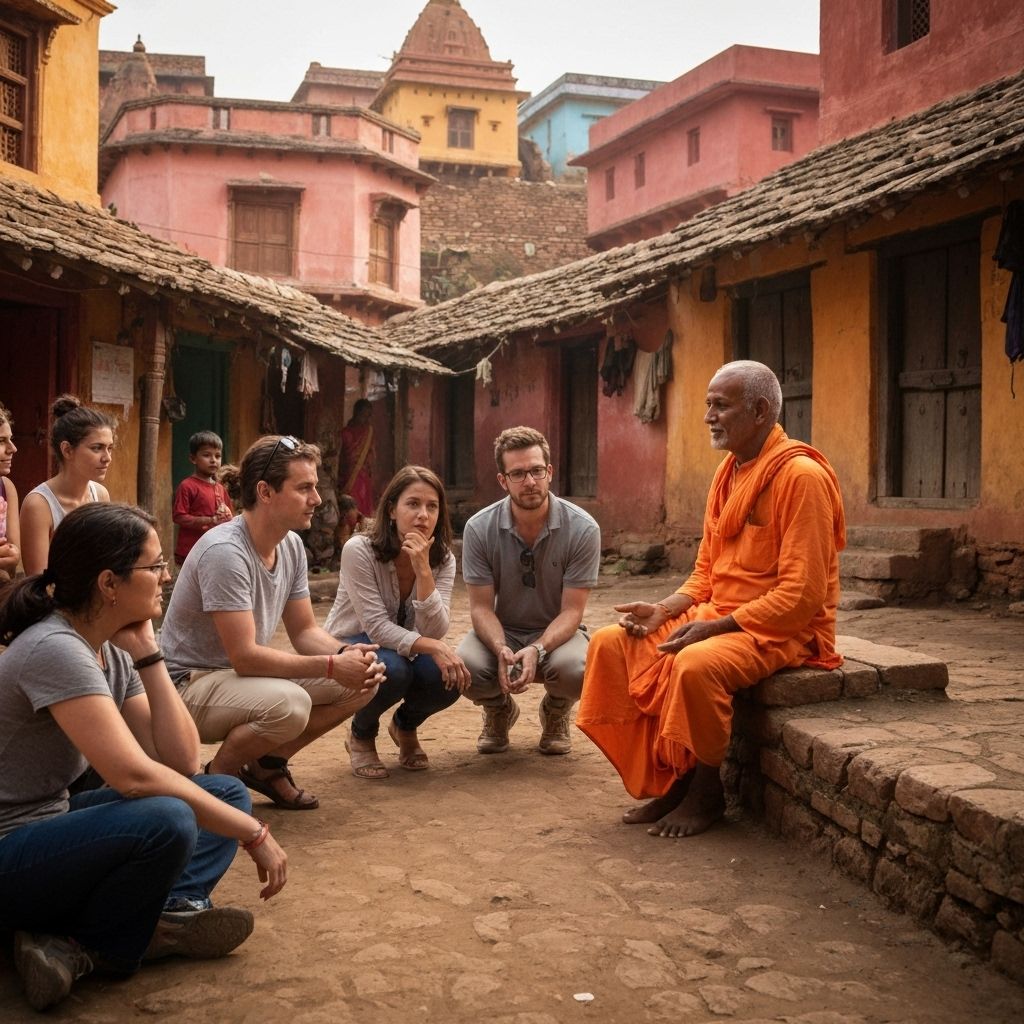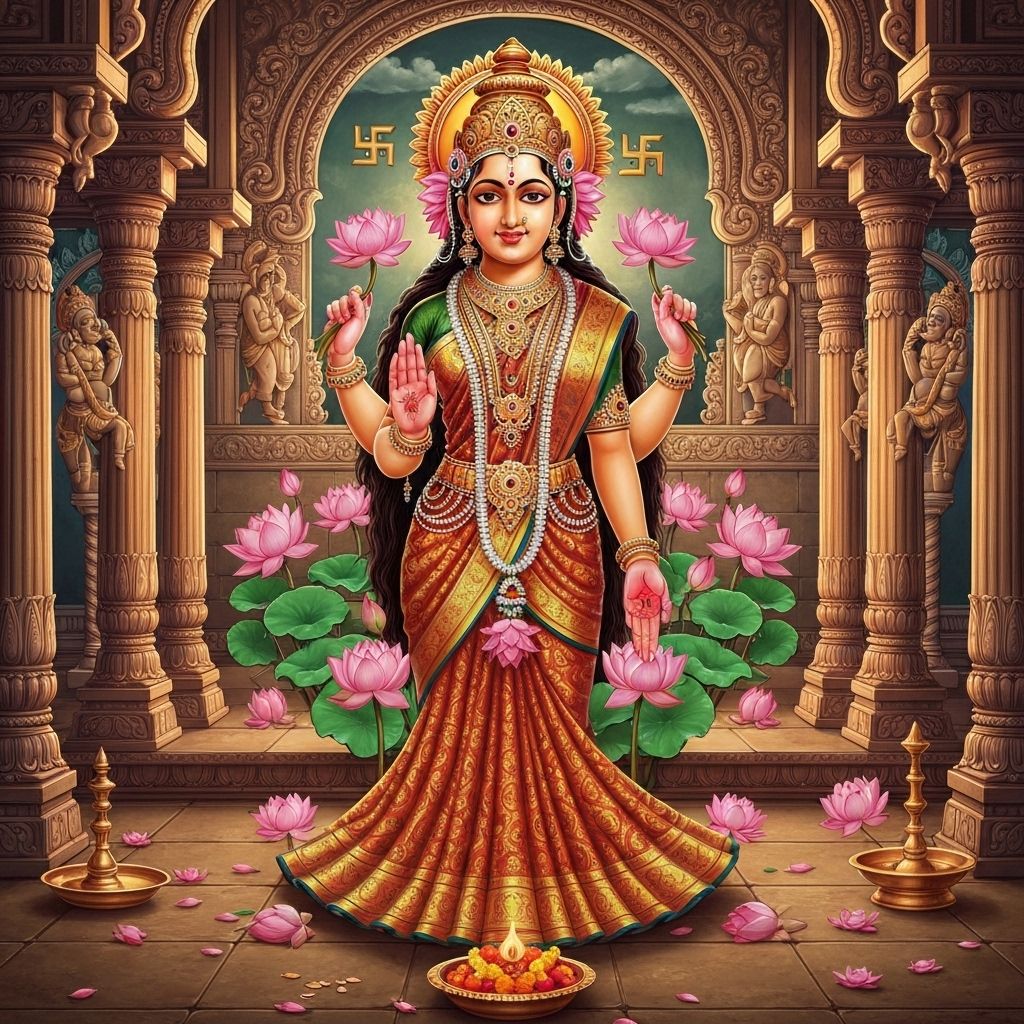Who We Are
Rooted in Reciprocity
Village Traveler began as a circle of travellers and teachers committed to sacred, respectful pilgrimage. Our guides collaborate with local communities and elders.

Our Principles
- Small groups & slow travel
- Local hosts and fair compensation
- Daily contemplative practice
- Community giving at each stop
Our Home Base
Crestone, Colorado
Village Traveler is based in Crestone, Colorado, a unique high-desert valley nestled at 7,900 feet in the Sangre de Cristo Mountains. This remarkable community has become known as one of North America's most concentrated spiritual centers, hosting over 25 different spiritual traditions and retreat centers within a 15-mile radius.
Crestone's spiritual significance stems from its location on ancient Native American sacred lands, its pristine natural environment, and the intentional community of seekers who have gathered here since the 1970s. The area is considered a powerful vortex of spiritual energy, making it an ideal launching point for our sacred journeys around the world.
Why Crestone Matters
- Sacred Geography: Located on traditional Ute and other Native American sacred lands
- Spiritual Diversity: Home to Buddhist monasteries, Hindu ashrams, Christian contemplative centers, and indigenous wisdom keepers
- Natural Power: Surrounded by 14,000-foot peaks and pristine wilderness areas
- Intentional Community: A place where spiritual practice and sustainable living converge


Notable Spiritual Sites in Crestone
- Vajra Vidya Retreat Center: Tibetan Buddhist retreat center offering meditation programs and mountain wisdom teachings
- Haidakhandi Universal Ashram: Sacred ashram dedicated to the Divine Mother and Babaji, featuring traditional fire ceremonies and devotional practices honoring the feminine divine
- Crestone Mountain Zen Center: Japanese Zen meditation center in the wilderness
- Nada Hermitage: Carmelite monastery for contemplative Christian practice
- Tashi Gomang Stupa: Sacred Buddhist monument and meditation site
- Shumei International Institute: Center for natural agriculture and spiritual practice
- Manitou Foundation: Steward of the sacred lands and interfaith dialogue
FAQ
Good to Know
How big are your groups?
Typically 10–14 travellers per departure.
Do I need prior meditation experience?
No. Guidance is offered for all levels.
How do you give back?
A portion of proceeds supports village-led projects and temple maintenance.
What is included in the tour price?
All accommodations, meals, transportation within India, guided activities, temple visits, contemplative sessions, and community service projects. International flights and visa fees are not included.
What should I pack for the pilgrimage?
Comfortable walking shoes, modest clothing for temple visits, light layers for varying climates, meditation cushion (optional), journal, and any personal spiritual items. We provide a detailed packing list upon booking.
What are the accommodation standards?
We stay in carefully selected heritage hotels, ashrams, and guesthouses that honor local culture while providing comfort and cleanliness. All accommodations have private bathrooms and are chosen for their spiritual significance.
How physically demanding are the tours?
Moderate fitness is recommended. Daily walking ranges from 2-4 miles, often on uneven surfaces. Temple visits may involve stairs. We maintain a gentle pace with rest periods and can accommodate most mobility needs with advance notice.
What is the cancellation policy?
Full refund if cancelled 90+ days before departure, 50% refund 60-89 days prior, 25% refund 30-59 days prior. No refund within 30 days unless we can fill your spot. Travel insurance is highly recommended.
Do you provide travel insurance?
We strongly recommend purchasing comprehensive travel insurance independently. We partner with reputable providers including AIG Travel Guard and Chubb Travel Insurance that cover international travel and adventure activities.
We also partner with a local insurance agent in Crestone if you need assistance with travel insurance or would like more information about coverage options.
What are the visa requirements for India?
Most travelers need an e-Tourist Visa, valid for 60 days. We provide detailed visa guidance and can recommend visa services. Your passport must be valid for at least 6 months from travel date.
What makes this different from regular tourism?
Our pilgrimages emphasize inner transformation through contemplative practice, meaningful community engagement, and reciprocal giving. We travel slowly, stay longer in each place, and prioritize spiritual growth over sightseeing.
How do you ensure respectful interaction with local communities?
We work exclusively with local guides and community leaders, follow traditional protocols for temple visits, contribute to local economies, and educate travelers on cultural sensitivity before and during the journey.
What types of contemplative practices are included?
Daily meditation, kirtan (devotional singing), yoga, journaling, walking meditation, and silent reflection. Practices are adapted to each sacred site and aligned with the chakra journey progression.
Are the tours suitable for people of all faiths?
Absolutely. While we visit Hindu temples and sacred sites, our approach is inclusive and honors all spiritual paths. The focus is on universal principles of compassion, service, and inner growth.
How do you handle dietary restrictions?
We accommodate vegetarian, vegan, gluten-free, and other dietary needs with advance notice. Most meals are vegetarian in keeping with the spiritual nature of the journey and local customs.
What is the significance of the chakra journey alignment?
Each city corresponds to one of the seven chakras, creating a progressive spiritual journey from root to crown. This ancient framework provides structure for personal transformation and deeper understanding of energy centers.
Note: Our tour represents one interpretation of the chakras system and yoga centers of India. There are many valid interpretations based on different paths of immersion with India's sacred cities and varied traditions. We honor the spirit of interharmony between all spiritual paths.
What is the best time of year to travel?
October through March offers the most comfortable weather. We avoid monsoon season (June-September) and extreme summer heat (April-May). Each departure is timed for optimal weather and local festivals.
How do you handle medical emergencies?
We have flexible backup plans for weather-related changes. Indoor alternatives are available for most activities, and our experienced guides adapt the program while maintaining the spiritual focus of each day.
What if I have mobility limitations?
We can accommodate many mobility needs with advance notice. Some temple visits may have alternatives, and our experienced guides adapt the program while maintaining the spiritual focus of each day.
Can I join as a solo traveler?
Yes, about 60% of our travelers join solo. We foster a supportive group environment where meaningful connections naturally form. Single room supplements are available for those preferring private accommodation.
What languages do your guides speak?
All guides are fluent in English and local languages. Many also speak Hindi and have deep knowledge of Sanskrit terms and spiritual concepts relevant to each site.
How do you handle weather-related changes?
We have flexible backup plans for weather-related changes. Indoor alternatives are available for most activities, and our experienced guides adapt the program while maintaining the spiritual focus of each day.
How far in advance should I book?
We recommend booking 6-12 months in advance, especially for peak season (November-February). This allows time for visa processing, travel preparations, and ensures your preferred departure date.
Do you offer payment plans?
Yes, we offer payment plans with a deposit to secure your spot and remaining balance due 60 days before departure. Custom payment schedules can be arranged for early bookings.
What kind of support do you provide after the pilgrimage?
We offer integration support through online gatherings, resource sharing, and connection with other pilgrims. Many travelers find the community continues long after returning home.